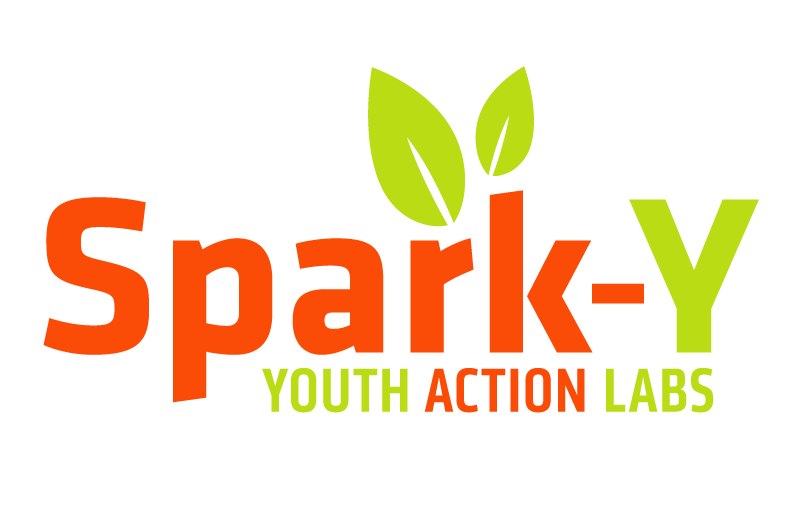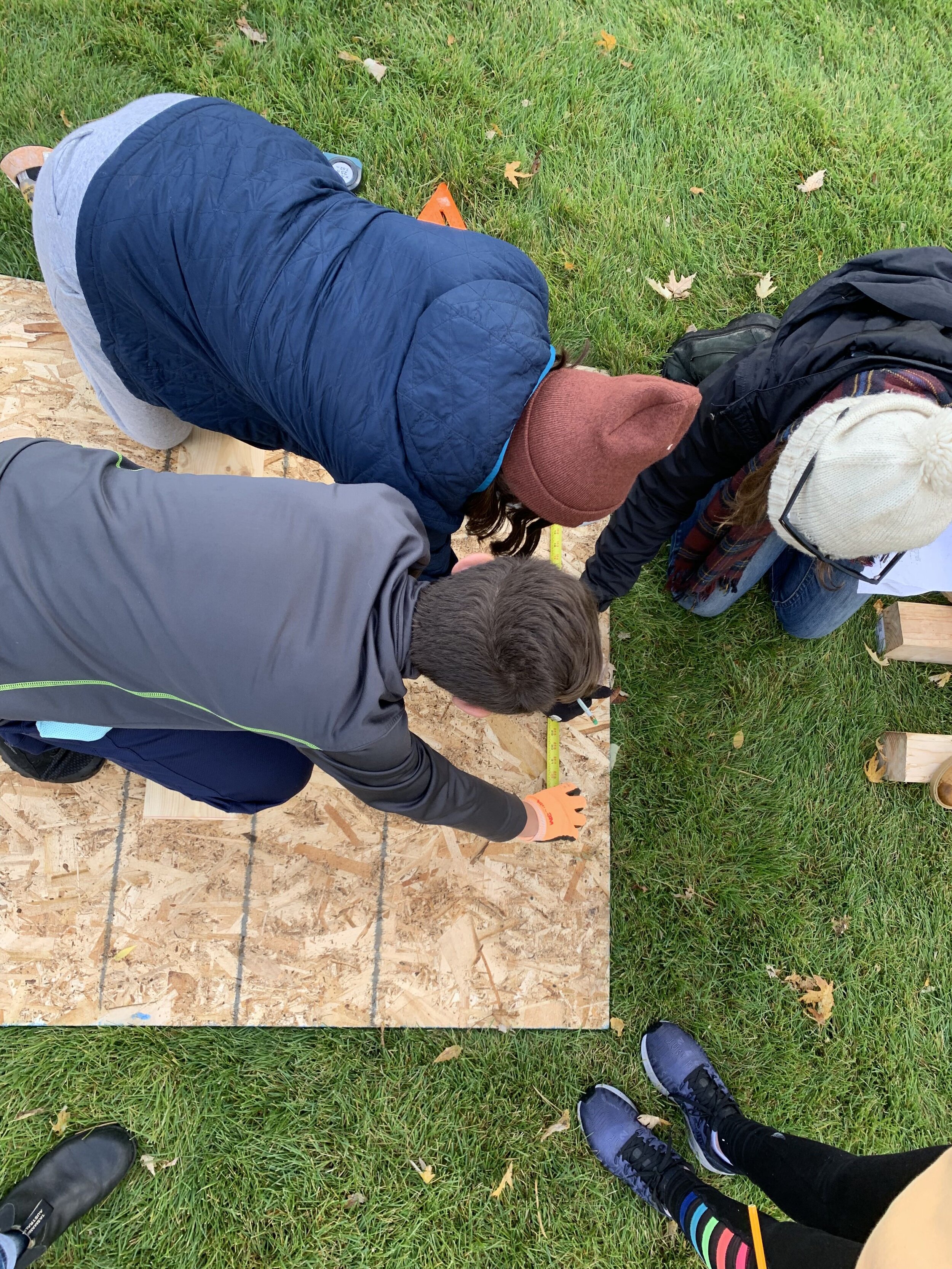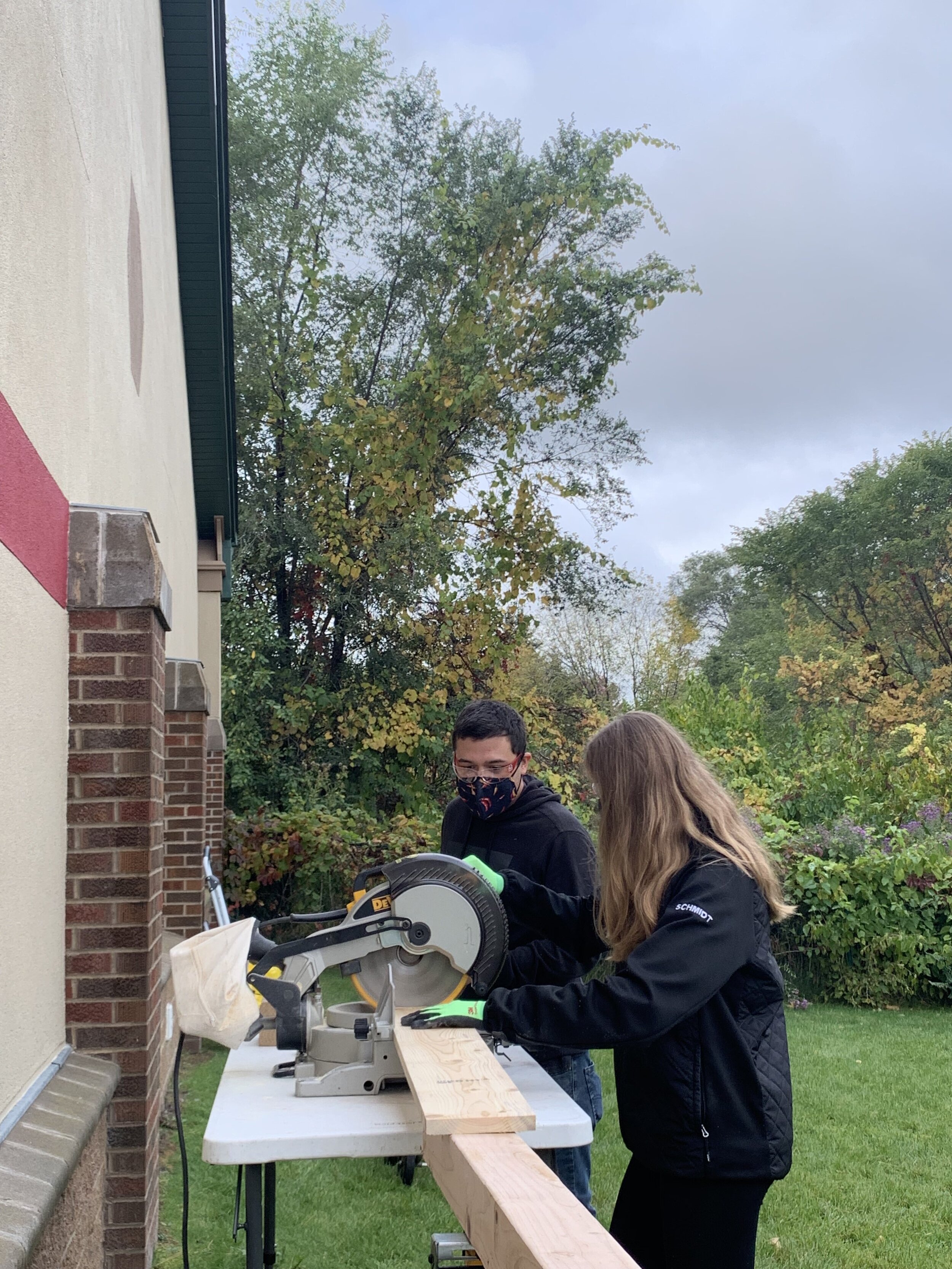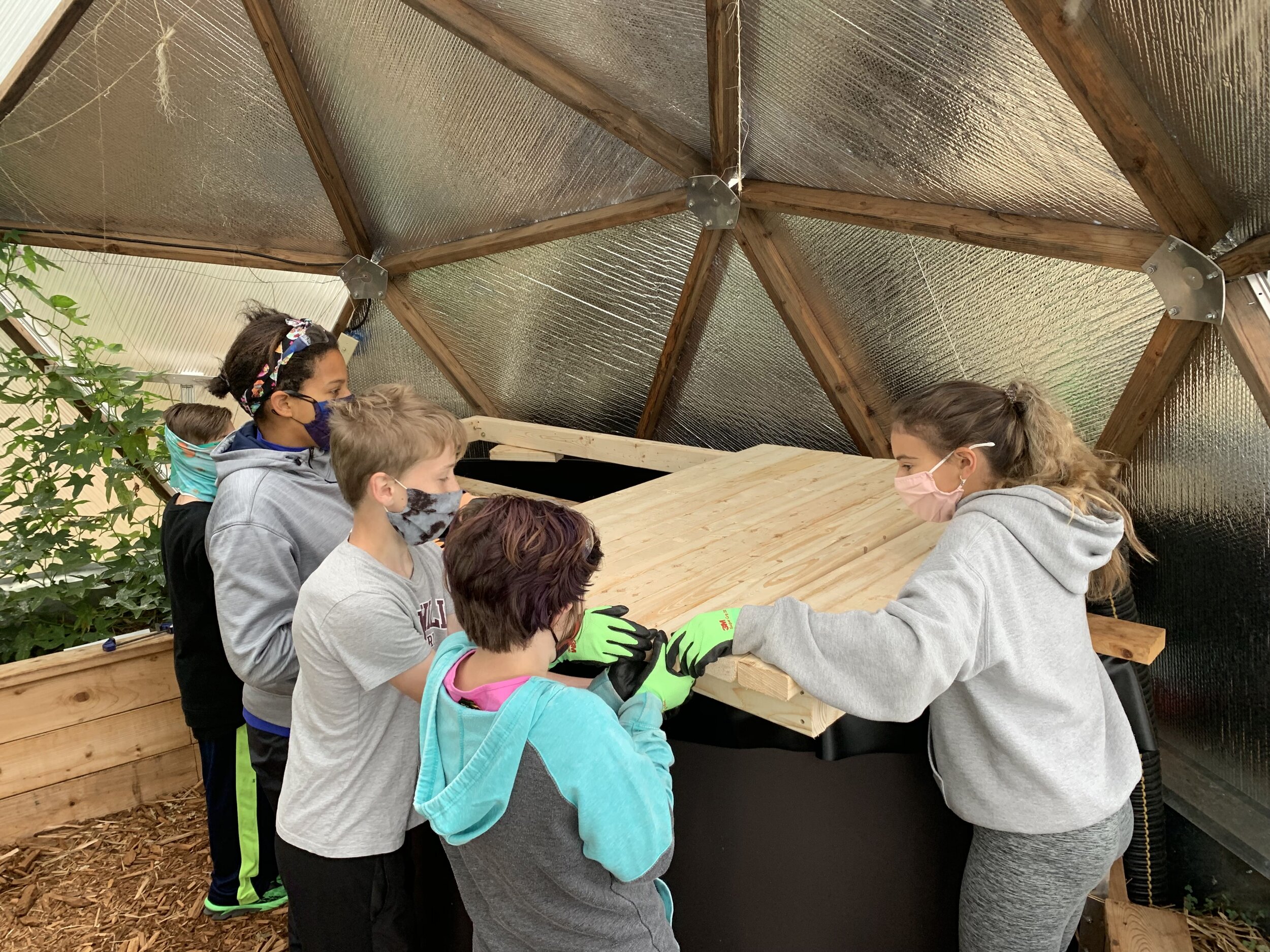Hi everyone, my name is Jubilee, I am in 10th grade, and I go to Community School of Excellence high school. I am in the Generation Future program with Spark-Y where we meet online and work on learning new skills and becoming leaders to help our futures. I joined Generation Futures because I am focused on learning new expertise to get myself out there. I wanted to learn how to work with a team, learn job skills, and learn communication skills. Spark-Y stood out from all the other after school programs, because we get paid to participate and work together in our session meetings. It also looked challenging and fun!
A couple of weeks ago we worked on building our own draft resumes. We usually start off the sessions with an ice breaker. The week we talked about what we were most grateful for. I said I was most grateful for being able to learn new job skills, meet great staff and peers, and be a leader. Then, we started talking about resumes. I have never done a resume draft or anything like this so when we did make them I was excited and knew it could help out a lot with our real resume later in the year. Something I learned is that when you write a resume you want to make sure that your work experience is up to date. And when you write a resume you want to put down your work experience and skills so that when you apply for a job they can see how far in experience you are and if you qualify for it. I learned that formatting matters too! Spark-Y staff and my own peers helped review my resume and gave me feedback which helped me a lot.
Visual of guidelines on resume review!
When working on a draft resume or any draft it helps your understanding on how to actually write your real resume. In Generation Futures, staff help us work on skills so that it will be more simple and easier for us and also benefit us for our future professional career. Next week, we will be working on our hopes for our future professional career, which will be talking and figuring out what we want our career to be and look like. This helps us be ready and prepared and helps us set our goals on what we want our career to be after high school. I’m very excited to see what else we will start learning and working on because without the Generation Futures program led by Spark-Y it wouldn't be easy to do this alone. Spark-Y has helped me with my leadership, communication skills and job skills that I didn't already know how to express. And it also helped me learn skills that I will use in the future, like how to set good examples for my partners and how to lead others.
Jubilee, 10th Grader in the Generation Future Program
Resume configuration slide
Words Generation Future students contributed about what leadership means to them
Jubilee in the virtual Generation Future classroom


























